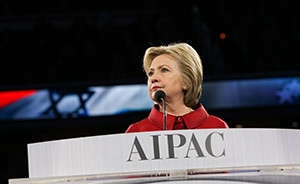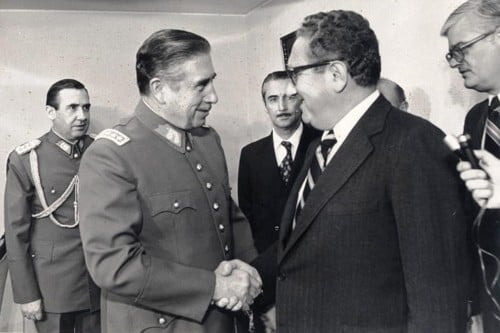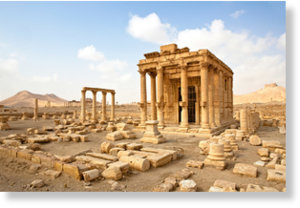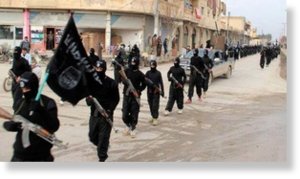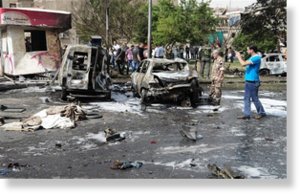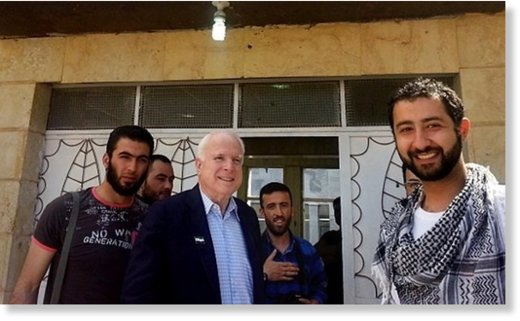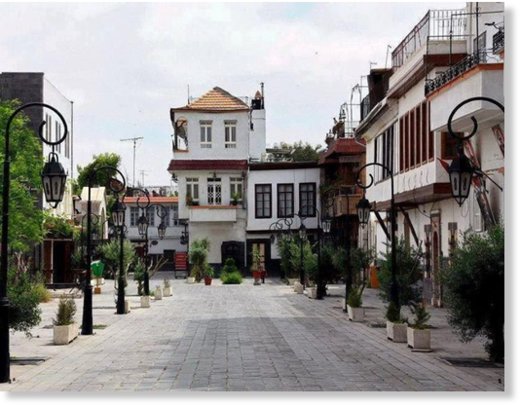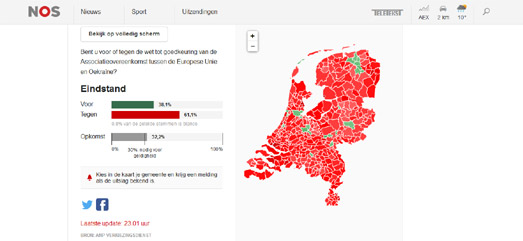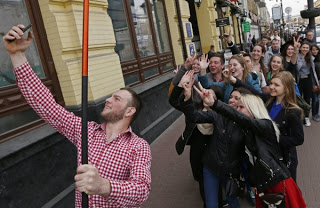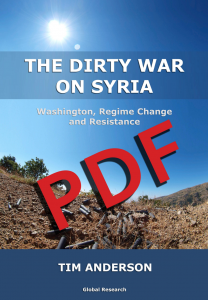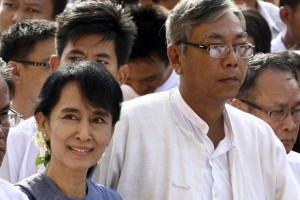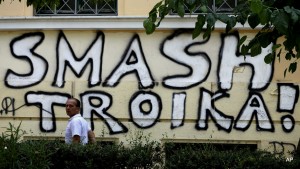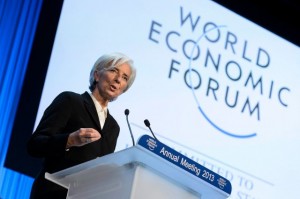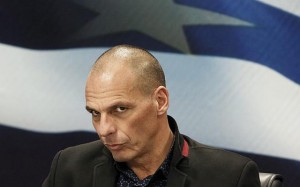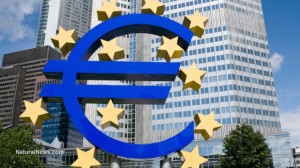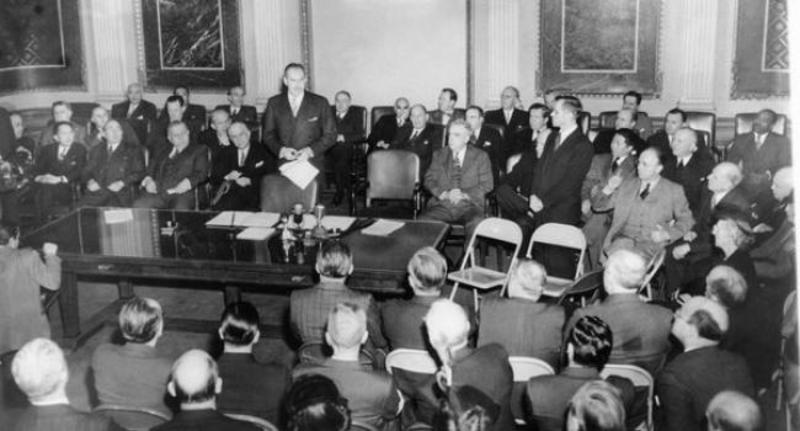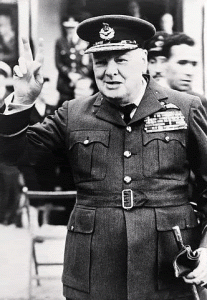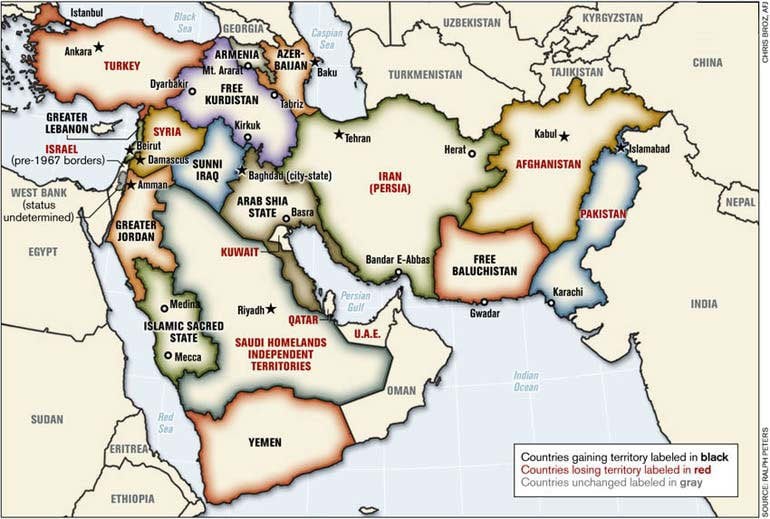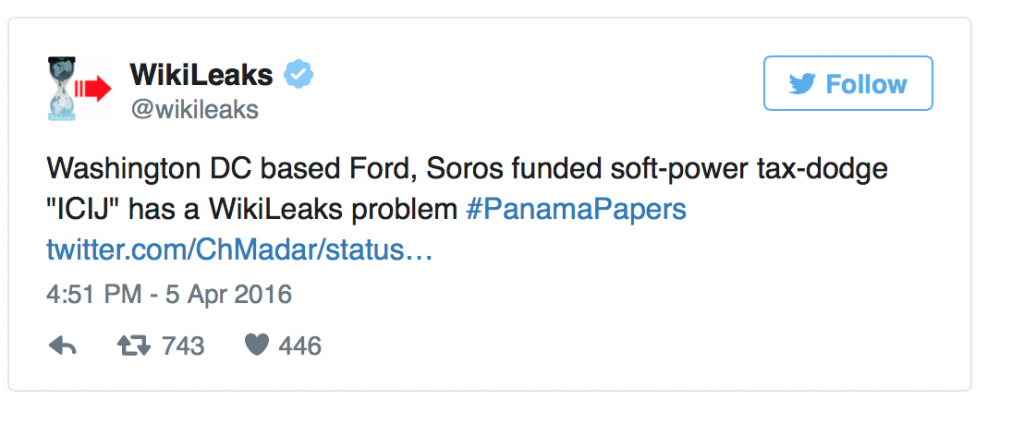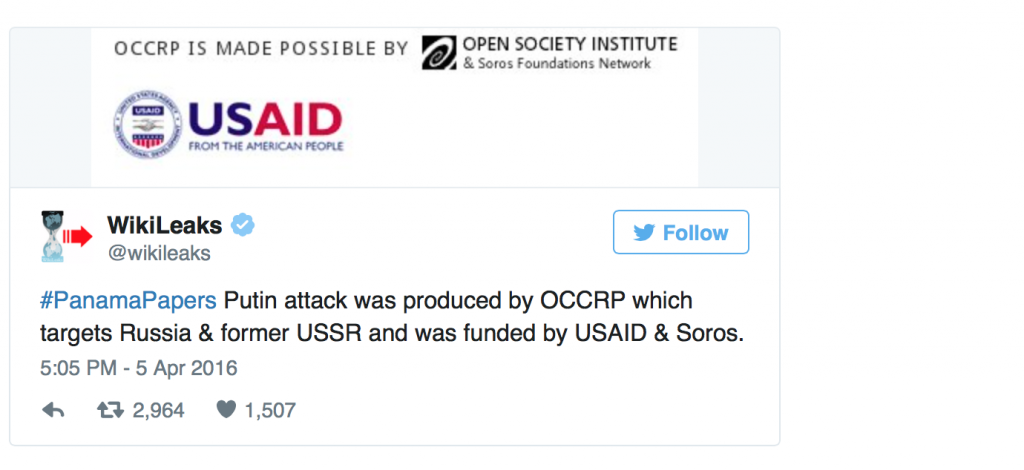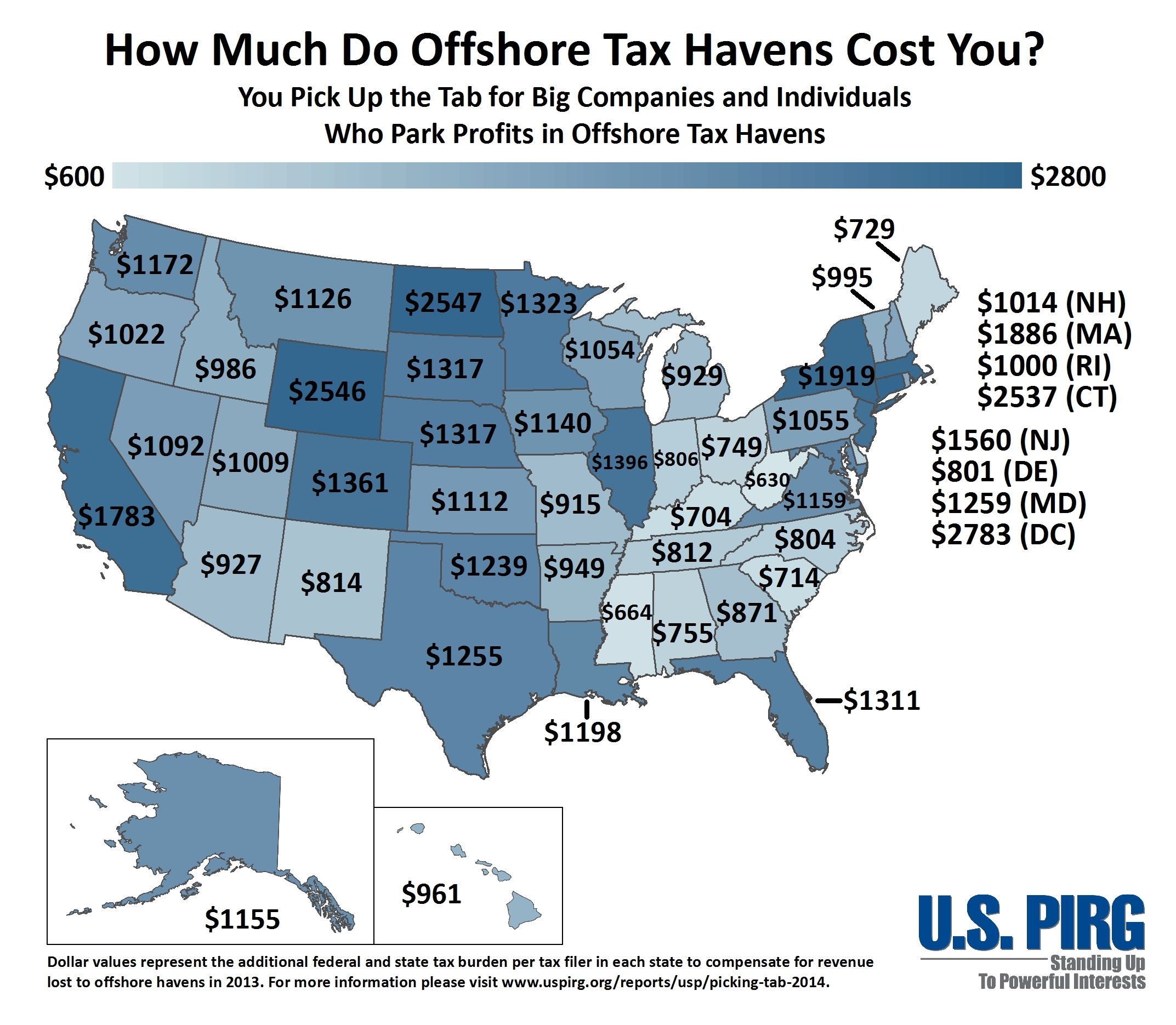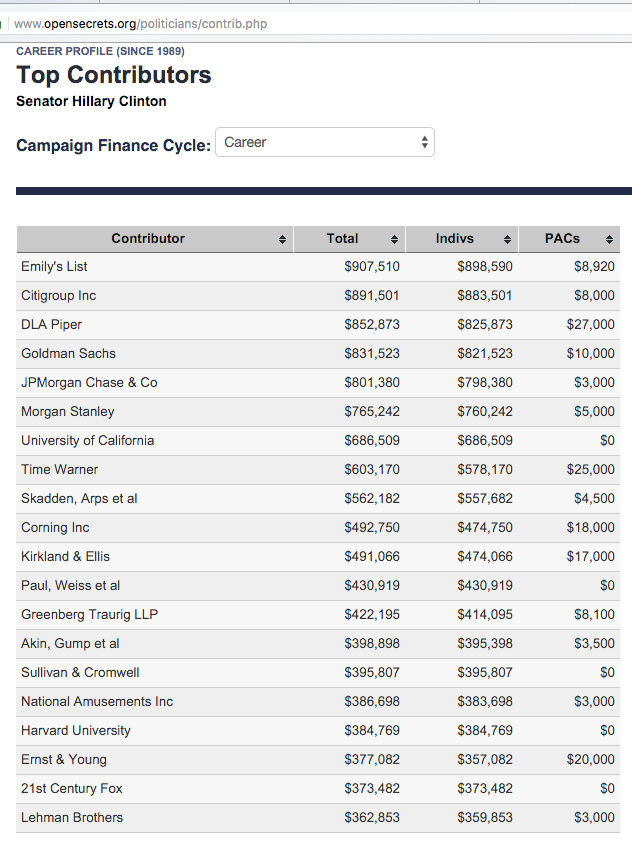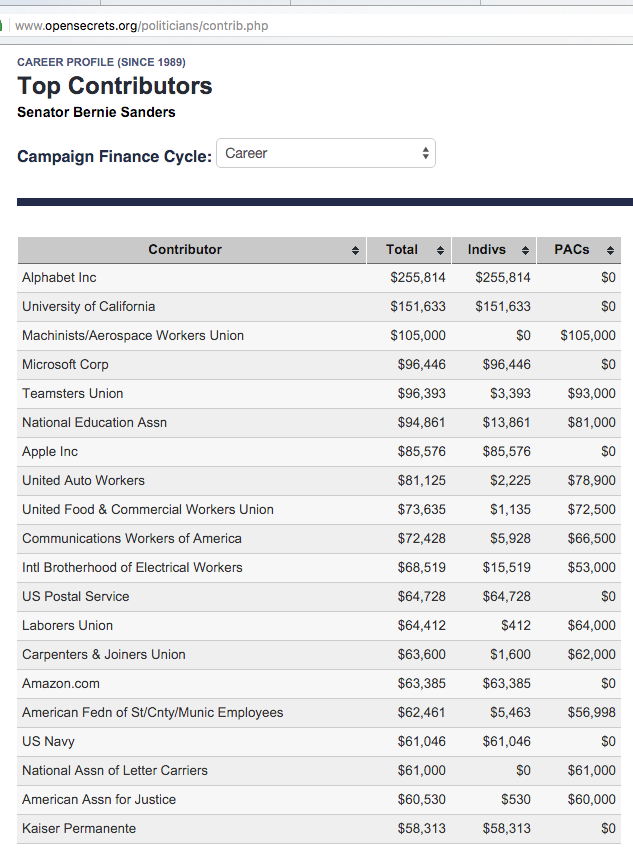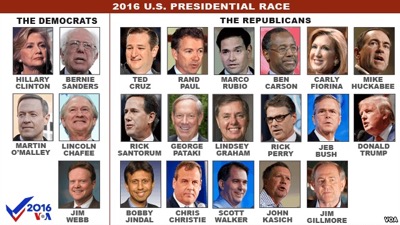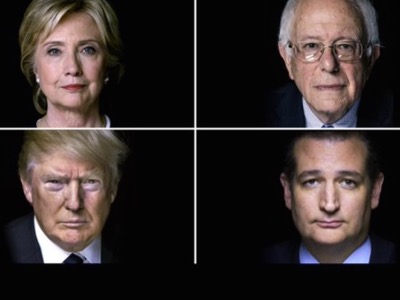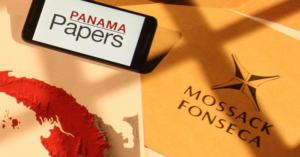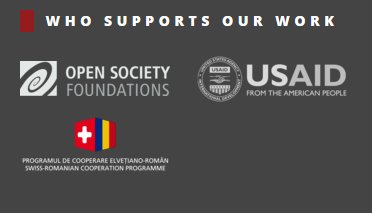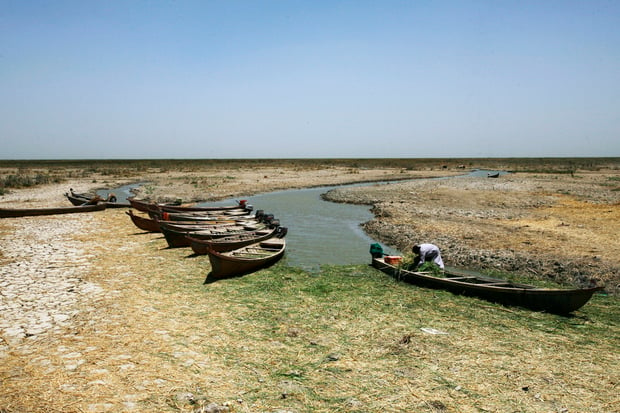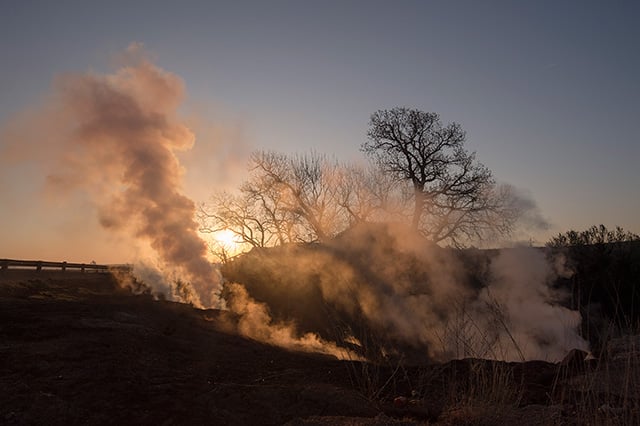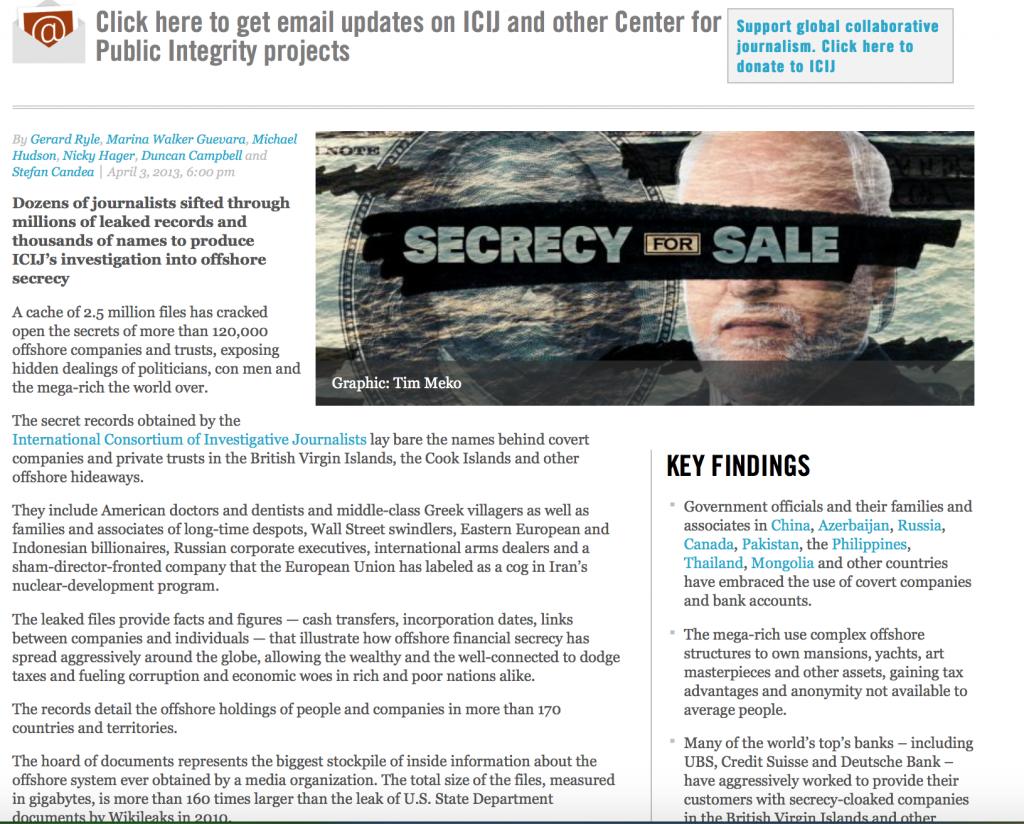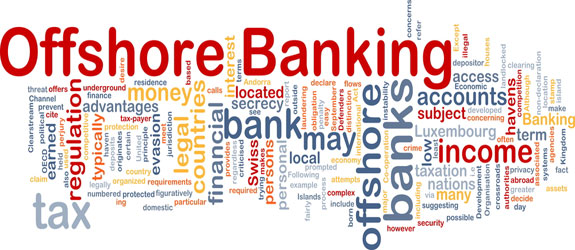A threadworm tactic employed for a decade by Big Pharma and the Center for Disease Control (CDC) and their allies to combat the scientific evidence that the autism explosion is a manmade epidemic of recent origins has been to hint that there is no autism epidemic at all.
Public health agencies maintain a disciplined refusal to call the disease’s sudden explosion an “epidemic” or “crisis” and actively discourage scientific investigations of environmental triggers.
“You will never ever hear CDC characterizing the autism explosion as a crisis or an epidemic,” Dr. Brian Hooker, Simpson University epidemiologist, said. “So long as there is no epidemic, no one needs to look for the environmental trigger.”
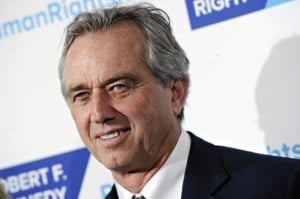
Robert F. Kennedy Jr.
All this accounts for the giddy excitement among Big Pharma funded media outlets at the debut of Steve Silberman’s book, NeuroTribes: The Legacy of Autism and the Future of Neurodiversity. Parroting Pharma’s old propaganda canard, Silberman suggests that autism is a wholly genetic psychological ailment that has always been with us in prevalences similar to those found today. Silberman argues that we never noticed autism until recently, because affected persons with the illness were formerly stashed in mental institutions or misdiagnosed.
“Whatever autism is, it is not a unique product of modern civilization. It is a strange gift from our deep past passed down through millions of years of evolution,” Silberman says on page 470 of his book. Silberman’s overarching message is that we should stop investigating the environmental cause of the autism epidemic—and potential cures—and simply celebrate humanity’s neurodiversity mosaic.
This, of course, is all crackpot stuff. When Cenk Uygur, CEO of TYT Network (5 million subscribers with 170 million monthly views), invited Silberman to debate me on the merits of his thesis (I recently wrote the book Thimerosal: Let the Science Speak, which summarizes the overwhelming scientific evidence linking mercury containing vaccines to the epidemic of neurodevelopmental diseases, including autism), Silberman declined. Despite his unwillingness to defend his hypothesis, Silberman has nevertheless become a media darling, appearing with hosts like George Stephanopoulos on Good Morning America, William Brangham on PBS NewsHour, Judy Woodruff on PBS, Terry Gross on NPR, Martha Kearney on BBC Radio and a parade of other talk shows. He has won coveted reporting prizes and preened for credulous print journalists who have promoted his tobacco science in the New York Times, Washington Post, Boston Globe, Forbes, Reuters, San Francisco Chronicle, Atlanta Journal Constitution, Huffington Post, Los Angeles Times, Miami Herald and so forth. Welcome to the corporate media echo chamber! These are all platforms where dissenting voices never dispute Big Pharma/CDC orthodoxies and informed critics of vaccine safety science and CDC corruption are unwelcome.
Silberman rarely cites actual science to support his epidemic denial. He rests his thesis instead on anecdotal accounts of autism like features in historical figures long before Dr. Leo Kanner first described classic autism in 1943 and his rival, Hans Asperger, its milder forms in 1944.
It’s astonishing that a man could write a 700 page book on autism without coming across the basic science addressing his central assertion that the autism epidemic is an illusion. There happens to be lots of science on that question and the leading studies all debunk Silberman’s hypothesis.
Peer-Reviewed Science Says the Autism Epidemic is Real
Dr. Kanner coined the term “autism” 70 years ago. Autism was so rare at that time that Kanner, the father of American childhood psychiatry, described the disorder as “a behavior pattern not known to me or anyone else theretofore.” When researchers conducted the first surveys of autism prevalence in the mid-1960s through the 1980s, results indicated that around 1 in 2,500 children had autism. Its prevalence remained fairly stable until the generation born in 1989. That year the CDC dramatically changed the vaccine schedule, increasing mercury exposures to American children from 70 to 237.5 mcg before age two. The U.S. Environmental Protection Agency calls 1989 “The Gateway Year,” because of the epidemic of neurodevelopmental and immune system diseases that suddenly appeared in children born that year and afterward, including ADD, ADHD, speech delay, tics, Tourette syndrome, SIDS, narcolepsy, seizure disorder, asthma, food allergies, and, of course, autism. Virtually all of these ailments were exceedingly rare prior to 1989.
Peer-reviewed science links all of these illnesses to mercury exposure. According to the CDC, a shocking 1 in 6 American children now suffer from developmental disabilities. The agency’s estimated prevalence rates of autism in the U.S., according to its Morbidity and Mortality Weekly Report, is 1 in 150 children in the 2007 report that looked at 2000 and 2002 data, 1 in 110 children in the 2009 report that looked at 2006 data, 1 in 88 children in the 2012 report that looked at 2008 data and 1 in 68 children in the 2014 report that looked at 2010 data with the current rate of 1 in 42 among boys.
A central problem for Silberman is that no one has documented a parallel increase in autism among adults. If the rise were truly due to better diagnostics, as Silberman contends, we would see the increase across all age groups—not just children. California incidence data show that 80 percent of people identified as having autism are under 18. Many other studies rejected the self-serving flight of fancy originally advanced by the vaccine makers and its allies and now parroted by Silberman:
- A 2014 study by the Journal of Public Health and Epidemiology found that changes in diagnostic criteria did not significantly affect the reported incidence of autism. Silberman is correct in saying that some criteria for diagnosing autism were expanded in the 1980’s resulting in greater numbers of people who qualified under the new definition—however, other criteria were constrained, resulting in a wash.
- California documented the rapid increase in autism among that state’s children since the 1980s, noting that, as of 2003, that “autism, once a rare disorder, is now more prevalent than childhood cancer, diabetes and Down Syndrome.” No similar rise has been demonstrated in adults.
- After California’s Department of Developmental Services documented a 273 percent increase in reported cases of childhood autism between 1987 and 1998, the California state legislature commissioned the University of California’s Medical Investigation of Neurodevelopmental Disorders (MIND) Institute at UC Davis to conduct a comprehensive study to determine the reason for this increase. That seminal study specifically tested the hypotheses attributing the increase to expanded diagnostic criteria, or better recognition and rejected those theories as unsupported by science. The study found that the epidemic is real. The lead author of the UC Davis MIND Institute study, Dr. Irva Hertz-Picciotto concluded, “It’s time to start looking for the environmental culprits responsible for the remarkable increase in the rate of autism in California.”
- A 2009 Columbia University study examined the steady growth of autism in children born between 1987 and 1994 and came to identical conclusions. The autism epidemic is real.
- Another California study in 2009 examined annual autism increases in the 1990s and early 2000s. The authors concluded that expanded diagnostic criteria, the inclusion of milder cases and better diagnosis, could not explain the dramatic increases seen in the state.
- A study of children in Olmsted County, Minnesota, rejected expanded diagnostics as an explanation for the rise in autism rates since the early 1990s.
- A 2004 review article citing more than 50 studies on estimates of autism frequency, found that the large increases in prevalence cannot be chalked up to better diagnostics or case ascertainment.
- A 2005 retrospective study by Craig Newschaffer surveyed in all U.S. children 6 to 17 years of age between 1992 and 2001 in various disability category classifications—as documented by state departments of education and reported to the federal Department of Education—documented a year by year increase in autism rates, but not other neurological illnesses during that period.
- A 2009 report by the U.S. Department of Education’s Office of Special Education Programs (OSEP) documented a steep rise in real autism prevalence incidences over the previous decade. In 1992, OSEP first began collecting autism statistics from the states on the number of students identified as having autism and receiving special education and related services under the Individuals with Disabilities Education Act (IDEA). That year, there were 5,208 students ages 6 through 21 reported to have autism nationwide. By 2004, the number had jumped to 166,424.
- In a 2013 study, researchers for pharmaceutical giant Eli Lilly, the company that introduced thimerosal in the 1930s, confirmed that the increase in prevalence of autism is genuine and cannot be attributed to diagnostic criteria or misclassification. Company scientists suggest that some environmental cause is partly responsible for the epidemic.
Silberman’s thesis is not new. It’s been raised by Pharma/CDC flaks for 17 years and resoundingly rejected in scientific literature. Peer-reviewed published science overwhelmingly demonstrates that the autism epidemic is real. In a 2000 editorial, the late Dr. Bernard Rimland, a colleague of Leo Kanner’s and director of the Autism Research Institute from 1967-2003, scathingly rebuked the epidemic deniers:
“While there are few Flat-Earthers who insist that there is no real epidemic of autism, only an increased awareness, it is obvious to everyone else that the number of young children with autism spectrum disorders has risen, and continues to rise, dramatically.”
The Problem of Regressive Autism
The inconvenient fact of “Regressive” autism presents another lethal blow to Silberman’s thesis.
As the number of mercury containing vaccines rose after 1989 and on through the 1990s, so did a previously little-seen pattern of autism onset called regressive autism. In regressive autism, children developing normally over their first year or two suddenly become autistic, losing previously acquired language and social skills. Thousands of parents report watching their perfectly healthy and socially adjusted two and three year olds lose language, toilet training and social skills following vaccine related seizures and fevers. Many of these children suddenly became unable to point their finger, make eye contact, and they began, for the first time, engaging in stereotypical behavior, including stimming, head banging, swaying, hand flapping and screaming.
A 2005 study objectively validated the phenomenon of regressive autism by reviewing 56 home videotapes of children’s birthdays, documenting greater attention and use of vocalizations at 12 months compared to typical children or early onset cases of autism.
Many published case reports of patients have described developmental regressions with autism symptoms following fetal or early childhood mercury exposure. According to Autism Speaks, 30 percent of autistic children have experienced regression.
Data collected since 1965 by the Autism Research Institute indicate that the onset of autism at 18 months, rather than closer to birth, is a recent phenomenon. According to Dr. Rimland, writing in 2003:
“Late onset autism, (starting in the 2nd year), was almost unheard of in the ‘50s, ‘60s and ‘70s; today such cases outnumber early onset cases 5 to 1, the increase paralleling the increase in required vaccines.This changeover implies that regressive autism cannot be attributed to genetics, but rather is an acquired condition.”
“Genes don’t create epidemics”, says toxicologist, Boyd Haley, who is chairman emeritus of the University of Kentucky Chemistry Department. “Genetics can create vulnerabilities, but to have an epidemic, you need an environmental toxin.”
Of course, the sudden appearance of regressive autism after 1989 and its current predominance—all strongly documented in scientific literature—is a direct challenge to Silberman’s hypothesis. If autism has really “always been with us,” then where are all the historic accounts of bright, healthy children, who suddenly lose their faculties at age two or three? Characteristically, Silberman deals with regressive autism by simply suggesting it doesn’t exist. He dismisses the well-documented scientific fact of “babies that seemed to be developing normally” but who then regress into autism, as baseless wives tales that “circulate on the Internet,” Silberman says on page 42. Yes. Mr. Silberman, one can find these stories on the internet among the peer-reviewed studies archived on PubMed!
You Don’t Need All This Science to Know That the Epidemic is Real—If You Have a Big Toe in Reality
Silberman’s most vexing critic, of course is not science—it’s common sense. The ultimate proof of his hypothesis would be to show us the large population of adults—1 in every 42 grown men—with autism. You can pick out a child with severe autism across a crowded mall; so where are the adults? And I’m not talking about the geeky 50 year old man or a quirky recluse like Donald Triplett, the compelling subject of Washington Post reporters’, John Donvan and Caren Zucker’s companion book, In a Different Key: The Story of Autism.
Where are all the adults with classic autism? Where are the hand flapping, head banging, self-abusive, spinning, screaming, rocking, stimming, non-verbal and violent 40, 50, 60, 70, 80 and 90 year olds wearing autism helmets and diapers? Where are the grown-ups at the mall experiencing violent tantrums, seizures and GI tract problems? Extrapolating CDC’s 1 in 68 childhood prevalences to a population of 320 million, there should be 7 million American adults with autism. And they should be easy to find. Here’s what to look for. Twenty-five percent will be non-verbal. Half of them are prone to wandering. Thirty percent have seizures. Many of them will have horrific bowel disease and classic sleep disorders. Most of them will have extreme light and noise sensitivities. They will focus on spinning objects. They will endlessly repeat phrases (Echolalia). They will read without understanding (Hyperlexia). Their heads may be enlarged (Macrocephaly). They will be unable to point their finger or engage in eye contact. We see kids like this every day in our schools, neighborhoods and city streets. Where are the middle aged and elderly banging their heads and screaming? Silberman concedes that very few are in institutions.
Thanks to legislation originally sponsored by my father, those institutions were shuttered in the 1970’s and 1980’s. So why then aren’t we seeing these disabled populations? A search of group homes or hospitals will not reveal them. The darth of adult services is a universal lament. Nor are they living at home. How many 70 year old parents do you know who are staying at home to care for their 50 year old autistic son or daughter? CDC has never undertaken a study to show that autism prevalence in adults is the same as in children because everyone—except Steve Silberman—knows that it’s not!
And by the way, how did all those stupid parents, teachers, doctors and infirmary nurses, in the 1960’s, 70’s and 80’s, somehow miss the enormous population of autistic children—2 percent of all kids—now filling our classrooms? Why was their presence never documented by the smart, diligent psychiatrists and psychologists who managed mental institutions and invaluably kept meticulous records of patients’ behavior, treatments and diagnoses? How did they miss an illness that now affects 1 in 68 children and 1 in 42 boys? Despite Silberman’s pernicious condensation, the answer is—they didn’t! Those who have been caring for our children diligently for decades report an unparalleled tsunami of neurologically injured children.
“The elementary grades are overwhelmed with children who have symptoms of neurological or immune-system damage,” Patti White, a school nurse, told the House Government Reform Committee in 1999. “Vaccines are supposed to be making us healthier; however, in 25 years of nursing I have never seen so many damaged, sick kids. Something very, very wrong is happening to our children.” Silberman’s theories aside, one doesn’t “miss” autism. “Missing autism,” Dr. Boyd Haley said, “is like missing a train wreck.”
Donvan and Zucker also endorse Silberman’s theory that the giant population of people with autism was invisible in olden days, because we stashed them in institutions. This is yet another easily debunked flimflam. Historian Jonathan Rose, Drew University’s William R. Kenan Professor of History, has crafted a devastating critique of the Donvan/Zucker book.
Donvan and Zucker’s most impressive detective work was locating Donald Triplett, the first autistic diagnosed by Dr. Kanner. Triplett, who spends his life in Forest, Mississippi, where all 2,874 residents knew and protected him. He was a famous figure in the town, because of his unique disease. Rose makes the salient observation that at today’s prevalences of 1 in 68—there should have been 63 other autistics in Forest. How come no one noticed them? Donvan and Zucker suggest they were in institutions. However, Rose points out that in 1948, there were 150 million people in America. Applying today’s 1 in 68 prevalences rate, there should have been more than 2 million autistic people in mental institutions. But there were, at that time, a grand total of only 554,454 patients in American mental institutions suffering the full range of mental, intellectual, emotional and neurological disabilities. Even if every one of them were autistic—they weren’t—that still leaves roughly 1.5 million people with autism unaccounted for.
A 2014 retrospective study by University of Pennsylvania Associate Professor David Mandell of 1950 state historical records of inmates at the Norristown state hospital concludes that 10 percent of state inmates had autism. Rose then compared that number to the state’s total population. Assuming that nearly all people with autism were then hospitalized, as Donvan, Zucker and Silberman contend, that would yield the estimated total population prevalences of 1 in 2,718—close to the historic levels of 1 in 2,500 prior to the 5,500 percent increase that accompanied the 1989 epidemic.
Like Silberman’s, Donvan and Zucker’s book is also a search for historical cases of autism. In their most interesting piece of research, the two reporters uncovered an 1846 estimate by Dr. Samuel Gridley, who found 1,300 patients in Massachusetts state institutions classified as “idiots.” Eureka! By slapping the autism label on these “idiots,” the two Washington Post sleuths solved the baffling problem. Zucker and Donvan had found the lost population of people with autism! Except they didn’t. As Rose points out, Massachusetts population was then 737,699—even if all those 1,300 patients were really autistic—as Zucker and Donvan ask us to believe—it still yields a prevalence of only 1 in 567. And “idiot” was a designation with wide application in 1846. By taking a far deeper dive into state medical records than Donvan and Zucker managed, Rose demonstrates that most of the patients discovered by Gridley had other diagnoses (e.g. microcephaly and mental retardation) and symptoms (adult onset) that are inconsistent with an autism diagnosis. Rose shows that taking all the patients Donvan and Zucker found with clear symptoms of autism and comparing that model to the contemporary adult population of Massachusetts—the prevalence would be about 1 in 18,900—much smaller than today’s.
By the way, I was inside those institutions in the 1960’s and I didn’t see this phantom population that Donvan, Zucker and Silberman claim they found in their historic research. I grew up at the spear tip of the movement to mainstream people with intellectual disabilities. My aunt Eunice Shriver is both my godmother and the godmother to that movement. I worked on weekends first as a hugger and later as a counselor at Camp Shriver every year as a youngster beginning in 1962, when I was eight years old until the program became the Special Olympics in 1968. I have continued to be involved thereafter with Special Olympics for 45 years. My cousin, Timmy Shriver is the director of Special Olympics. Special Olympics always prided itself on being able to accommodate every child—no matter how severe their disability. However, we could not, back then, have handled a kid with full blown autism—the violence, the agonizing gut ache, the tormenting light and noise sensitivity, the seizures. In 1965, my father toured Willowbrook on Staten Island and launched the national campaign to shut down these medieval warehouses for human beings. I worked for 200 hours in one of those nightmare facilities—Wassaic Home for the Retarded in Dutchess County, New York in 1968 and 1969. I worked around people suffering every kind of intellectual disability, Down syndrome, cerebral palsy, schizophrenia and hydrocephaly, among many others. I never saw a case of autism. In fact, like most Americans, I knew nothing about the disease until I saw the extremely mild form depicted by Dustin Hoffman in the film Rainman in 1988. In a 2000 journal editorial, Dr. Rimland (Rimland’s autistic son was Hoffman’s model in the film), recalled the infrequency of the disorder earlier in his career:
I saw the word autism for the first time in the spring of 1958, five years after I had earned my PhD in psychology. My wife and I had taken our implacable, screaming newborn son to our pediatrician two years earlier. Dr. Black had been in practice for 35 years and had never seen a child like Mark. Nor had any other physician we consulted. When Mark was two years old, his strange, aloof, ritualistic behavior reminded my wife of a child she had read about in an old college textbook. There in that textbook, I first saw the word “autism.”
William Crook of Tennessee, a pediatrician who had received his medical training in the 1940s at Johns Hopkins, where Leo Kanner taught, became intrigued by autism and actively sought such cases by letting his pediatric colleagues throughout the South know of his special interest. It was not until 1973, 24 years after starting his practice, that he had his first autistic patient. Then came more. “I am absolutely certain that there is a huge increase in autism,” Dr. Crook told me. I have heard similar tales from many physicians as well as special education teachers and school administrators whose experience dates back to the early 1970s and before. Autism was truly rare in those days.
Unlike Silberman, Donvan and Zucker acknowledge the severe side of autism and its explosive prevalence among children. They worry that childhood autism is a ticking time bomb that will soon swamp our social service supplier. “In a decade, 500,000 teenagers are going to turn into adults, and there is really no place for them,” Donvan says in his book on page 550. Well, that does beg the question … Why aren’t we ready for them if this is an illness that has always been with us since the beginning of human history?
But even when acknowledging the autism explosion among children, Donvan and Zucker get all dodgy—one might say intellectually dishonest—when it comes to calling it an epidemic. They can’t bring themselves to follow Silberman down the Alice in Wonderland rabbit hole of epidemic denial and yet they don’t want to admit it’s an epidemic—with all that would imply. They settle for evasion; when “epidemic” is mentioned, it’s put in quotes as if they don’t know whether to believe it. Or they go vague, like in this NPR interview from 2010: “For whatever reason, these numbers exploded over the past two decades.” On Good Morning America with George Stephanopoulos, John Donvan papered over his problem with a rather astonishing pronouncement: “It shouldn’t matter if there is an epidemic.”
I understand their reticence. If there is an epidemic, then there must be an environmental toxin. And that means we need to at least look at mercury in vaccines. This is verboten territory for journalists. So, after spending five years writing this book, these two clever investigative reporters can’t be sure whether or not there is an epidemic? Well, never mind they are dead sure that vaccines aren’t causing it; Donvan and Zucker dutifully dismiss the link between autism and vaccine mercury exposure without citing any scientific articles to support their conclusion. Instead they deftly sideline the issue by reporting the CDC’s obligatory formulation “the science disputing the link is overwhelming.” It’s not a question for polite company!
Weird Science: Peer-Review at People Magazine
Silberman takes a less cowardly tack. He actually ventures into the no man’s land of scientific debate. He quickly finds himself in a mine field.
For example, Silberman says that removing mercury from vaccines was unnecessary because “later studies would show that this had no impact on rising rates of autism diagnosis,” he says on page 419 of his book. The only science Silberman offers to support this supposition is a People Magazine article claiming “that rates of diagnosis were still climbing in Sweden, where thimerosal had been removed from vaccines in 1993…” he says on page 71 of his book. People Magazine aside, the CDC’s best and most recent science shows that autism spectrum disorder rates in Scandinavia dropped 33 percent following the removal of thimerosal in 1993. CDC’s Groenberg paper is among more than 50 published peer-reviewed studies on PubMed linking Thimerosal to the autism epidemic.
Silberman dismisses concerns that the mercury-containing vaccines are a culprit in the autism explosion by explaining that “the preservative was quickly phased out of most vaccines in the United States and Europe,” after those concerns first arose in 2003, he says in his book on page 419. In fact, thimerosal laced flu vaccinations are administered to 50 million Americans annually. Vaccine mercury exposures to children today are comparable to exposures in the 1990s, and, for the first time, thimerosal vaccines are being administered to pregnant women in America. One hundred million children in Africa, Asia and Latin America receive mega doses of neurotoxic thimerosal in many, many vaccines annually.
With equal confidence, Silberman assures readers that the mercury concentrations in vaccines were only “trace amounts,” meaning less than 1 microgram of mercury. This is an oft reported and wildly erroneous industry whopper. Thimerosal is still in the flu vaccine in massive concentrations of 25 micrograms per shot. To comply with the EPA’s maximum exposure level of .1 micrograms per kilogram of body weight, a baby would have to weigh 550 pounds to safely ingest that dose. At these levels, a growing fetus in a mother receiving the flu shot could rise over a million times the EPA’s recommended safe levels. Thimerosal’s own insert literature warns that it has never been tested safe for pregnancy.
Silberman’s fundamental scientific gaffs are the reliable pitfall for the rare journalist who actually tries to defend the CDC’s position on thimerosal safety by referencing scientific studies. The science is not there. The emperor has no clothing. The illusion of thimerosal safety is only preserved by blind repetition of the standardized formulation, “Overwhelming science shows no link.”
Instead of demanding robust and transparent science to identify the environmental triggers for the autism epidemic, Silberman, Donvan and Zucker take the Pollyanna approach that we should pretend that there is no epidemic and accept its victims as “different but not less.” What these writers present as compassion is really a thinly veiled defense of a monumentally cruel and indefensible orthodoxy. Thimerosal has helped give us not only an autism epidemic, but also a journalistic crisis. In order to airbrush away the clear scientific link, writers and reporters parrot the propaganda pronouncements of the Big Pharma/CDC cartel. They never read the science for themselves.
It is sad, but therefore not surprising, that Donvan and Zucker have neither read the science on autism prevalences, nor the science they cite to exculpate mercury containing vaccines from the autism epidemic. To paraphrase Voltaire: A corrupt pharmaceutical industry/CDC cartel that can get us to believe absurdities—that there is no autism epidemic—can also get us to commit atrocities, i.e. injecting massive doses of one of the world’s most potent neurotoxins into infants and pregnant women worldwide.
In an era when the leading news services are Pharma funded, the perils to journalists from committing heresy against these rigorously enforced orthodoxies are graver than ever. CBS’s, Sharyl Attkisson, calls the mercury/autism story “the most censored story of our century.” In a 2005 article in the Columbia Journalism Review, Daniel Schulman reported that journalists consider the thimerosal/autism story “career ending.” Shulman quoted a national journalist (who asked to remain anonymous out of fear): “For some reason, giving any sort of credence to the side that says there’s a legitimate question here—I don’t know how it becomes this untouchable story. I mean that’s what we do, so I don’t understand why this story is more touchy than any other story I’ve ever done.”
Epidemic denial is the new capstone on the wobbly edifice of fraud, deceit and corruption constructed by the CDC and Big Pharma to defend their institutions against the rising tide of scientific studies linking mercury containing vaccines to the autism pandemic. Silberman, Donvan and Zucker have now made themselves the champion propagandists for a Kafkaesque reality where journalists are content to look an epidemic in the face and see nothing.




